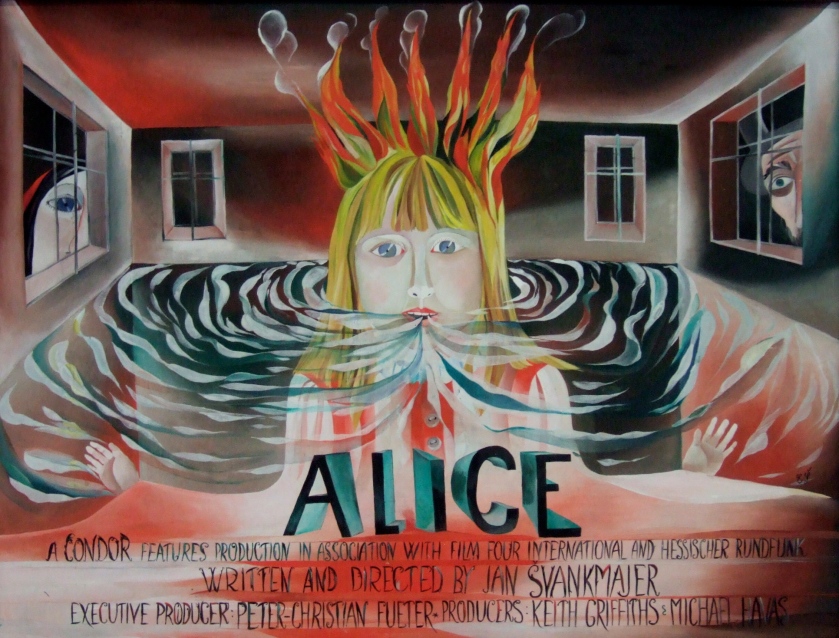What do we fight for if there is no-one to fight against?
That statement may be a little bit exaggerated, but art is certainly not what it was. But what is different? What is the difference between Kim Kardashian’s Selfish (2014) and Pablo Picasso’s Guernica (1937)? What is the difference between John Kahrs’ Paperman (2012) and Jan Švankmajer’s Leonardův deník (Leonardo’s Diary, 1972)? Between Lars von Trier’s Melancholia (2011) and Idioterne (Idiots, 1998)?
You may say I am exaggerating again (and I am), but there is a difference. Art used to be a rebellion. Art used to shock, to confront, to provoke, to fight. I am not saying that there are no artists out there today, because there are, but the public does not care (about their messages).
Jan Švankmajer was born into dark ages. While Czechoslovakia has had a strong and internationally renown film industry for several years, fascist Nazi-Germany (as well as the Second World War and the following years under extremist regimes) eradicated all that in a blink of an eye. The First Czech New Wave that came out of Prague film school had a strong desire to critique while still staying under the radar. They therefore produced and distributed their works, which were far more interested in visual impact than in narrative, in the underground.

In the 50s, self-labeled surrealist Švankmajer studied in Prague and became (among others) a filmmaker. When he released his short Leonardo’s Diary in 1972, the communist government banned him from filmmaking for 7 years as his work (allegedly) contained political statements. That did not only mean for him not to be able to make art, but also being out of a job. Nevertheless, he kept on – creating another short in 1977 despite his forbiddance.
Although he was allowed back into the business in 1979, he was still not permitted to create anything besides literary adaptations.

Něco z Alenky (Alice, 1988), Švankmajer’s first feature-length film, was an adaptation of the Lewis Carrol novel Alice’s Adventures in Wonderland and has since become a cult film. It’s combination of live action, stop motion and the wonderfully strange story stripped of it’s Disneyfied fairy tale disguises make it a surrealistic masterpiece.
What make the film even more intriguing (coming back to the initial question) are the political and social messages cleverly woven into the (visual) narrative. Using a giant Alice being stuck in a tiny house, simultaneously trying to hide and to escape, to visualise the disillusioned citizen being trapped in a communist society. Using the tribunal of the Queen of Hearts as a caricaturesque depiction of societal rules.
While art in it’s simplest state of just being visually pleasant may already serve a very important purpose, I believe that it is every artist’s duty to try and make the world a better place, to provoke thoughts and change: To do what others can’t do and to use one’s abilities and talents to achieve more than mere fame.

